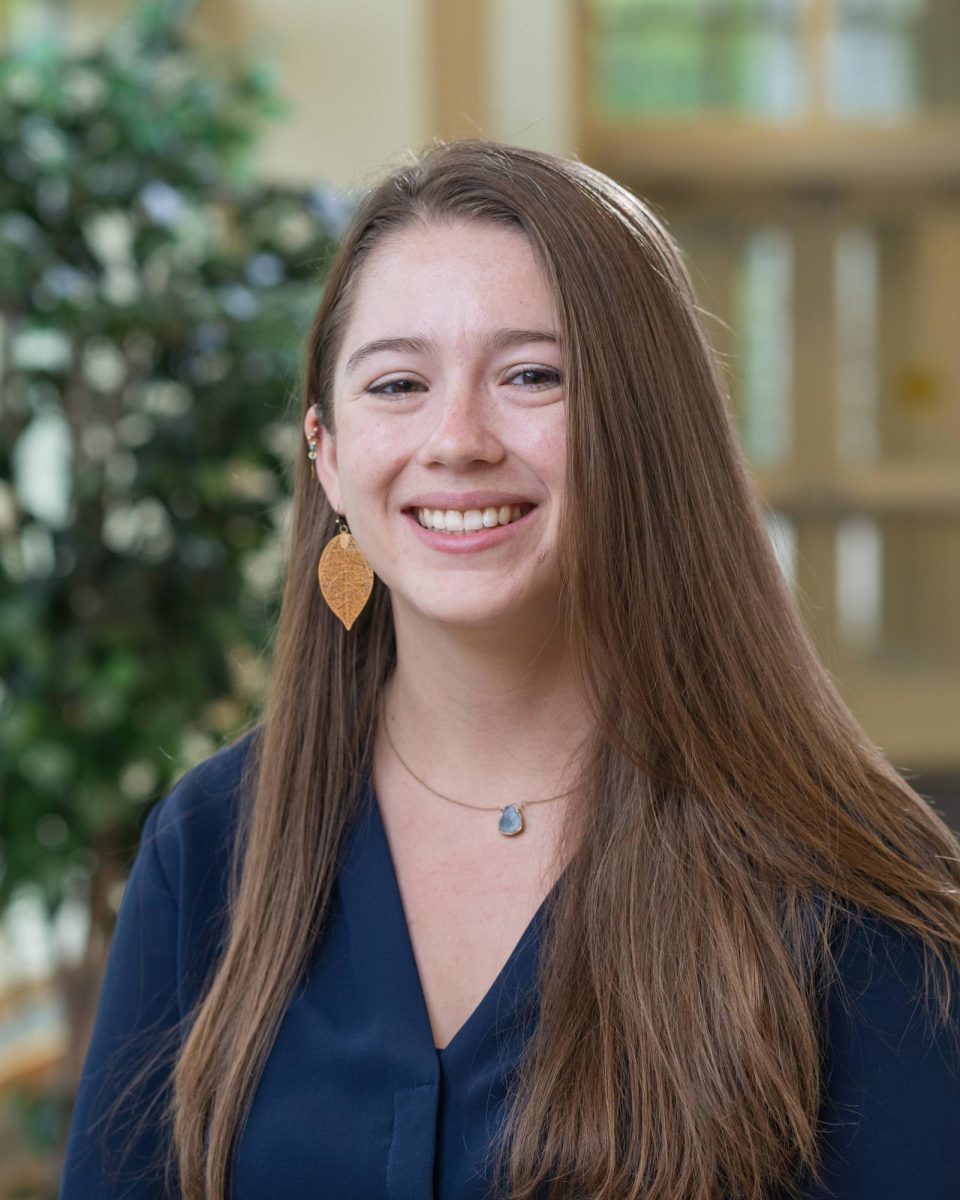Over two decades ago, the world saw the “Gladiator” movie franchise make its debut for the first time. Clad with Hollywood powerhouses like Russell Crowe and Joaquin Phoenix, the first “Gladiator” movie showcased the rise of the emperor Maximus. While the first “Gladiator” movie was a hit, the ancient Roman warrior story disappeared from the big screen — destined to be just another movie hit of the early 2000s. That was until Paramount Pictures took on the challenge of resurrecting the dead, and I can confidently say they were successful.
Set in the Ancient Roman Empire just like its predecessor, the “Gladiator II” movie tells the story of Lucius, the estranged son of the gladiator Maximus. After having migrated to an island, Lucius’ community is conquered and his wife is killed. His community is taken to Rome as slaves by the famed and seemingly invincible General Acacius and his Roman army. Upon arriving in Rome, Lucilla — General Acacius’ wife — begins to discern that Lucius is really her long lost son, the child of Lucilla and her dead lover, Maximus. The sadistic emperor duo of Emperor Geta and Emperor Caracalla, known to indulge in the finer things in life with a taste for violence, quickly pick up on Lucius’ knack for fighting.
While the story and plot of the movie were bound to be just as encapsulating to me as all mythology-based storytelling is, it is truly the performances that bring the movie to life. While neither Pedro Pascal nor Paul Mescal are short on industry recognition, their commitment to their roles and their sheer talent shines through in “Gladiator II.” Mescal’s obvious dedication is apparent through his preparation, which included a six-week intensive training plan and diet consisting of four full meals a day, and through his pledge to do as many stunts and fighting combinations as he was capable of. Not only did he completely devote himself to becoming Lucius, but Mescal also effectively conveyed the complex emotions of the character on-screen. While a blood-thirsty warrior could easily be played with little emotion, Mescal was able to eloquently master the scorn and rage of his father’s death and the emotionally complex relationship with his estranged mother. He proved Lucius’ pure strength, bravery and warrior status.
Pedro Pascal’s ability to play the nuances of his role are no different. From the opening scene, Pascal convinces the audience of his dedication to the Roman empire and his brute force in conquering, yet the intricacies of his emotional relationship with the emperors and civilians are highlighted as the plot moves along. His tender relationship with his wife and the love he has for her is amplified by the sacrifices he makes for Lucius.
Lastly, Joseph Quinn and Fred Hechinger’s performance as the corrupt and cruel emperor duo helped to solidify the broader commentary on the Roman society of the time. Their emotionless state, facial expressions, intonation and their effective reenactment of a reckless and indulgent lifestyle help to exemplify the necessity for the rebel force that Pascal and Mescal’s characters form. Their performances help to transform the movie from just an elongated, two-dimensional collection of fight scenes to a moving story about family, love, social hierarchy and class. It sends a message and teaches a lesson about fighting for what is right, sacrificing for loved ones and standing up against a broader threat to freedom.
“Gladiator II” is not only a cinematically beautiful film with intricate costume design, well-built sets, amazing casting, a wonderful plot and screenplay, but it is also succeeds in its continuation of a classic story enhanced by new, ambitious storytelling goals.














